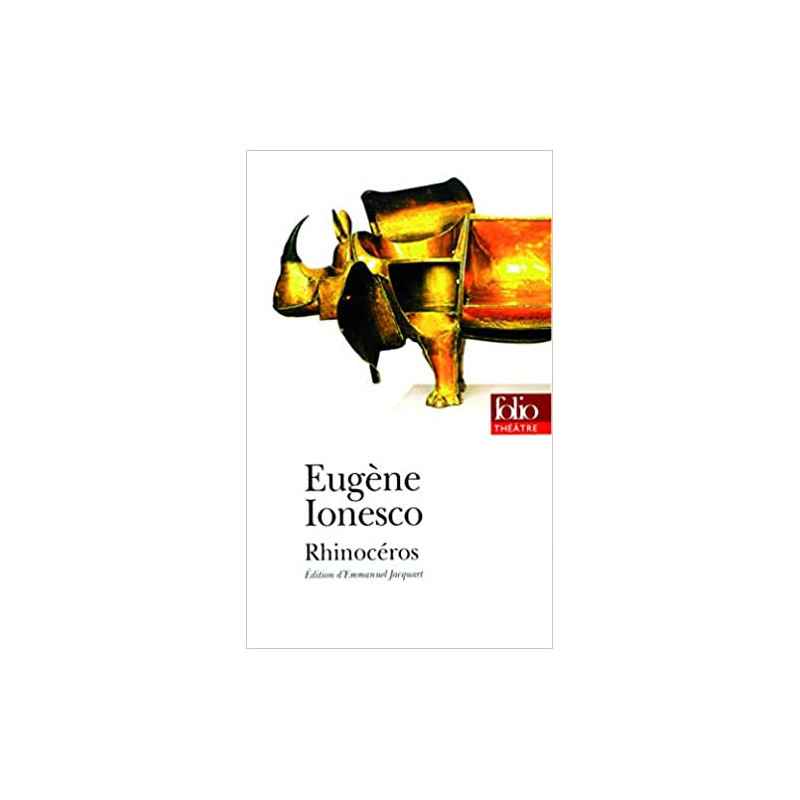
Then, one by one, various people in the town begin to turn into rhinos. (This is a play: “Rhinoceros,” written by Eugène Ionesco.) The rhino sightings continue to be the subject of pointless dispute. Things become more disturbing in the next act. What they begin to do is argue heatedly about whether the second rhino was the first one going past a second time or a different one, and then about whether the rhinos are African or Asiatic. A rhinoceros! Not long after, there’s another. When they and other townspeople crane their necks to figure out what’s going on, they see a large animal thundering down one of the streets, stamping and snorting all the way. All of the sudden, they hear a great noise. He is being berated by his companion, Jean. With the aid of brilliant actors and Christoph Rasche’s novel set design, Frank Hoffman changes radically the perspective of the piece.It is a Sunday afternoon in a provincial town in France. Mixing the comic with the tragic, Rhinoceros is, perhaps, the richest of Ionesco’s plays. Today, though, it is perceived as a play that presents collective hysteria and epidemics, hidden beneath the mask of rationality and ideas. Rhinoceros (1959) is without a doubt an anti-Nazi play, with references to the Stalinism experienced by Ionesco in his home country.

This is the starting point of the play Rhinoceros. Ionesco’s words are in line with the experiences of his friend, Denis de Rougemont, who witnessed a collective hysteria that broke out while waiting for Hitler’s arrival.

I had a strong impression that I was dealing with nonhumans, and I could not make myself clear… I had the idea of depicting these debased people with animal features.

I experienced fanaticism a long time ago… It was terrible… Fanaticism disfigures people… it dehumanizes them. In a small, imaginary town, the authoritarian and conformist Jean criticizes the self-destructive way of life of his alcoholic friend, Bérenger.


 0 kommentar(er)
0 kommentar(er)
